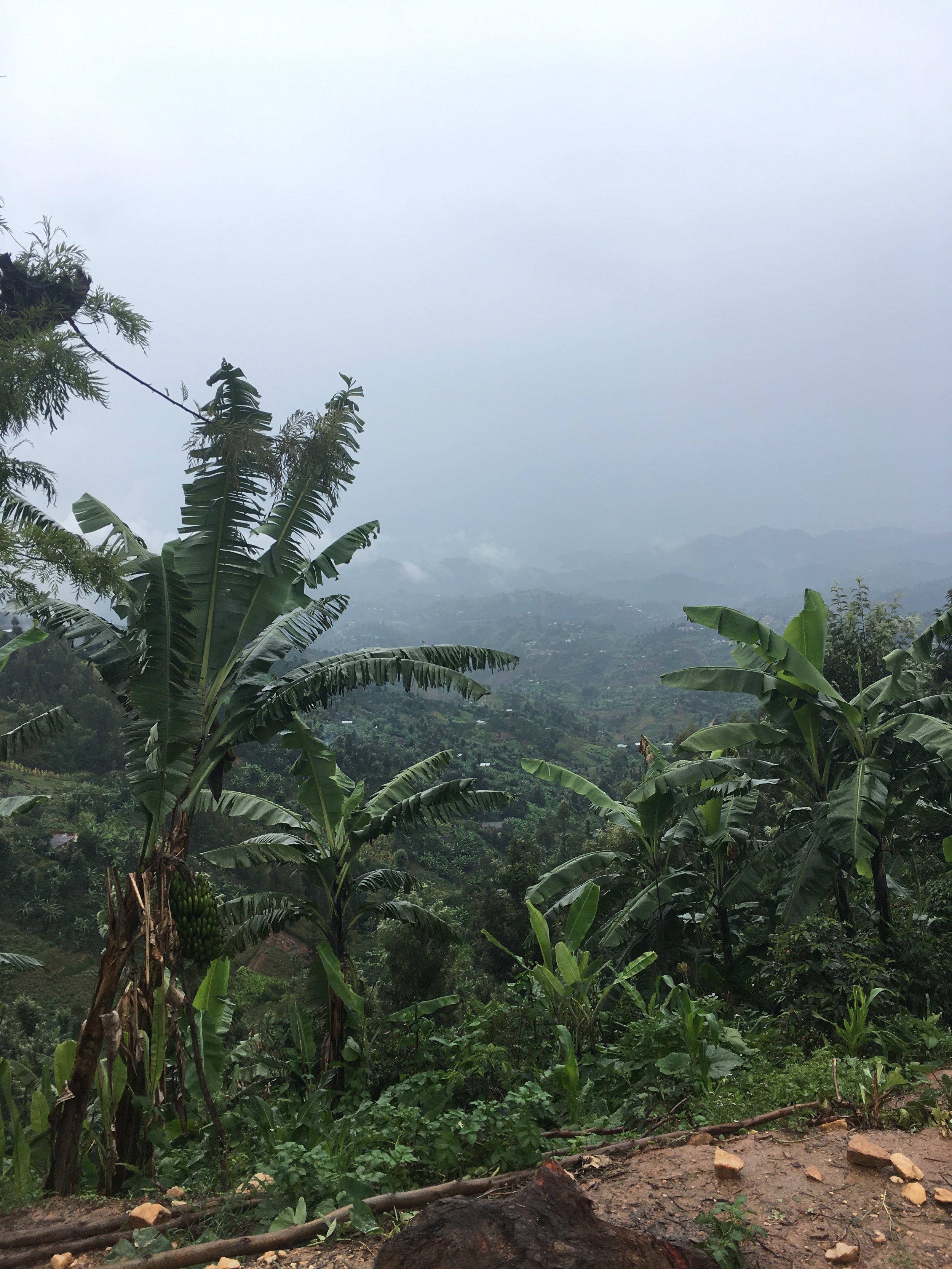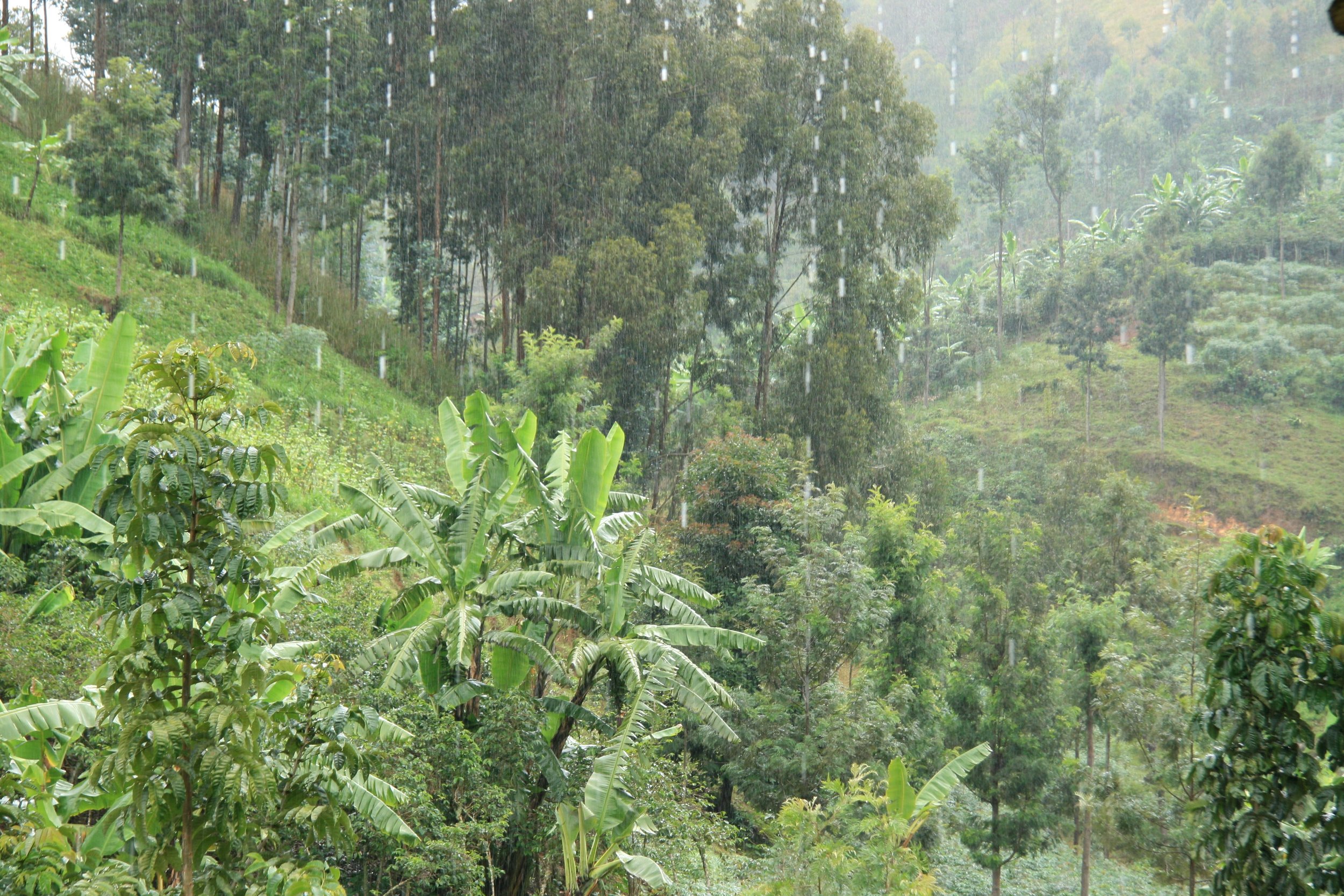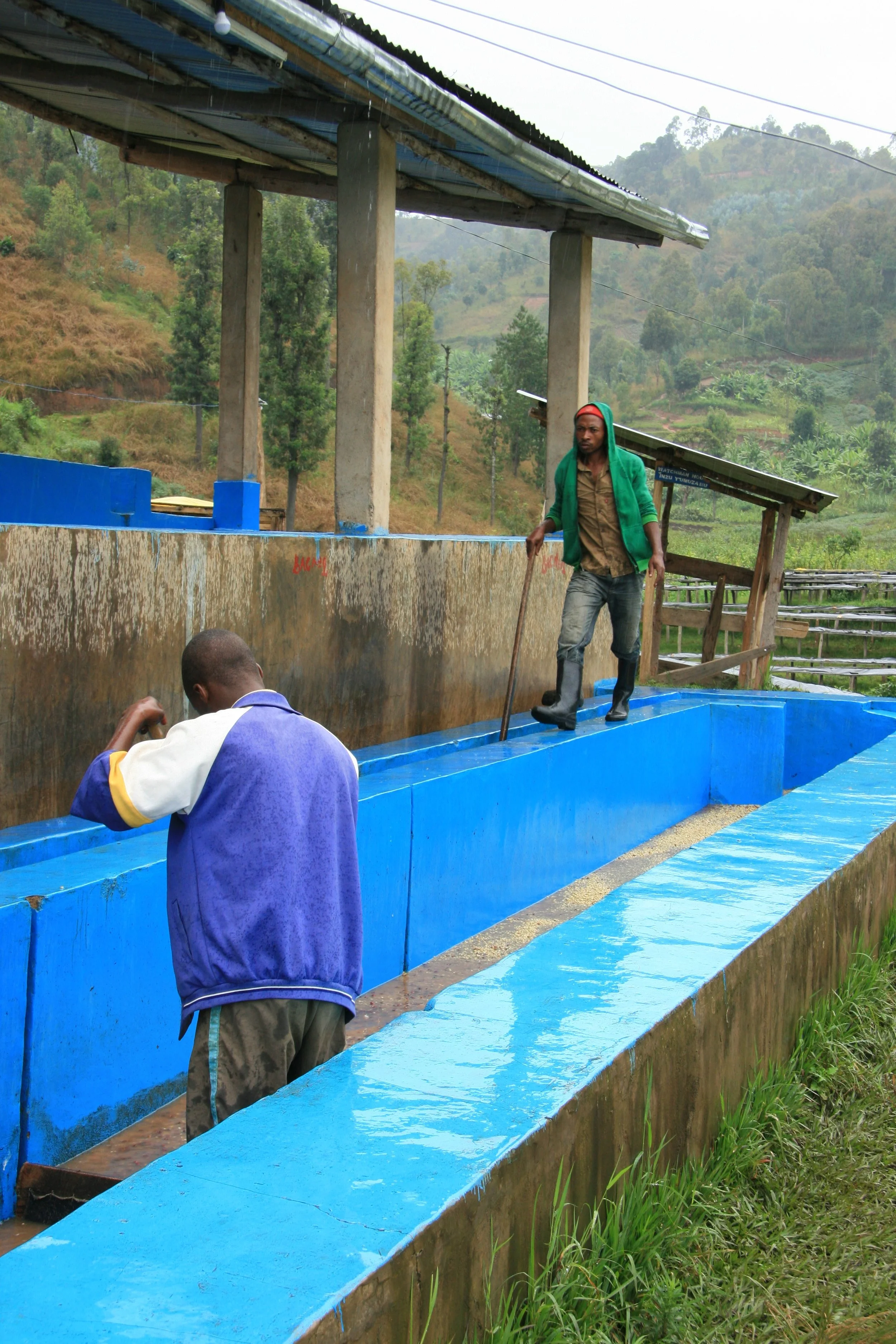Happy World Water Day!
Everyday that we get to use clean, filtered water to make coffee is a day to celebrate! It just so happens that today is the day celebrate because it is World Water Day! This is a UN holiday that began in 1993 in order to highlight the importance of fresh water and raise awareness about sustainable water usage. There are 2 billion people living without access to fresh water. World Water Day provides intentionality to advocate for better water management practices across the board, from big corporations to your own household.
As a small business in the coffee industry, we are very aware of the role clean water plays in our story—and it is a very big role! After all, coffee is 98% water. It’s not just in the brewing of the coffee where water comes in. The entire industry of coffee, from the growing to processing to brewing, requires clean water. In the coffee industry the coffee production process is referred to as seed to cup.
seed to cup
The National Coffee Association (NCA) has identified ten steps in the seed to cup process. We are going to look at how many of these require water and in what capacity.
Planting
For the sake of simplicity we are going to link planting and growing coffee cherries into the same category here. It is estimated that coffee needs about 60-90 inches of annual rainfall in order to thrive and have a high production yield. That’s lots of water!
Harvesting the cherries
Harvesting the cherries does not require water. There are two ways to harvest the cherries: strip picking and selective picking. The former means all cherries are stripped off the branch regardless of readiness, this can be by machine or by hand. The later means that the coffee cherries are inspected and only the ripe red cherries are picked, this is a more labor-intensive method which is often used in specialty coffee.
Processing The cherries
There are multiple ways to process the cherries and some require (a lot) more water than others but all methods do require water. Lets get into it! The methods are: washed, natural, and honey processed. All processes start with cleaning and removing unripe or overly ripe cherries.
Washed: This processing method requires lots of water as hinted at by the name. It begins by removing the bean from the cherry skin as it goes through a pulping machine. Once the beans are separated from the mucilage they are put in large tanks with water. They are stirred often to ensure all the mucilage is dissolved. Once it is dissolved (about 24 hours total) the beans are washed repeatedly to remove all stickiness and left to dry in the sun for a couple of days.
Natural: This is the oldest method and used in countries where water is scarce due to the limited amount of water it requires. The freshly harvested cherries are spread out on drying beds and left to dry in the sun. So that the cherries don’t spoil they are turned often throughout the days and covered at nights. This process can take several weeks with the goal to get the moisture content of the cherries down to 11%. Water is still used after this whole process to remove the bean from the coffee skin and mucilage.
Honey: This process got its name because throughout this process the bean often feels sticky. The honey process means that the outer layer of the coffee skin is taken away but the inner pulp mucilage is left on the bean. The beans are then soaked and dried for a set amount of time to allow the pulp to penetrate into the bean. Once they’re done drying they’re milled to remove any leftover mucilage. This process requires more water than the natural process but less than the washed.
To learn more about the different processing methods visit the Barista Institute page here!
Drying the beans
As mentioned above, all the green coffee beans are eventually dried out on beds. This does not require water.
Milling the beans
This includes hulling and grading the beans. Hulling refers to removing the dried husks on the beans. Grading refers to beans being sorted by size, weight, color consistency and any other flaws/ defects. This is not water intensive.
Exporting The beans
There are a lot of carbon emissions used to get coffee where it needs to go but not a lot of water! It’s a long journey for the green coffee beans.
Tasting the coffee
This is also known as cupping. This is a process where the beans are evaluated for visual quality, then roasted in small batch, ground and brewed. The taster or grader smells the coffee then lets it rest for several minutes. The crust is then broken and a spoon is taken to taste the coffee and determine its flavor profiles. This is not exceptionally water intensive, but it does require water in brewing.
Roasting the coffee
There is no water used in roasting the coffee. This focuses on roasting the bean to bring out the coffee’s natural sweetness.
Grinding the coffee
There is not a lot of water here either! However, by adding a quick spritz or a drop or two of water drastically helps with coffee chaff when grinding coffee. This technique is called RDT. Read more here!
Brewing the coffee
While brewing coffee requires fresh, filtered water, there is not a lot of waste because most of the input of water is coming out as a yield in the form of coffee! There are so many different methods and techniques to brewing coffee and each is unique. If you’re curious or want a little guidance for different methods of brewing visit our brew guides!
Note: All in all, each cup of coffee is estimated to require about 37 gallons or 140 liters of water from planting to brewing.
Images above from Red Fox Coffee.
how to improve water for better brewing
Because water is the main ingredient in coffee, it highly affects the taste profile of your cup. For example, if you use unfiltered water that is high in chlorine, your coffee is going to taste highly acidic because it is reducing the pH levels. Hard water is water that is high in calcium and magnesium. If there is too much in your water then these metals will attract the flavor compounds from the coffee and attach to them. These together will form a solid and the flavors in your cup will not be as prevalent. The tricky part here is that we do want some calcium and magnesium, just not too much. There is a sweet spot for these minerals when it comes to brewing coffee and that can sometimes be one of the most challenging pieces for brewing a good cup of coffee.
Don’t worry, there are good solutions out there! To combat these problems some people will use water softeners which bring with them their own problems. That’s why quality at home filters such as a Brita water filter are suggested. Another route is to purchase distilled water and add Third Wave Water packets to it. These packets add the correct amounts of minerals to your cup for optimal coffee brewing and take the hassle out of trying to diagnose what you need to add and take away from your water.




